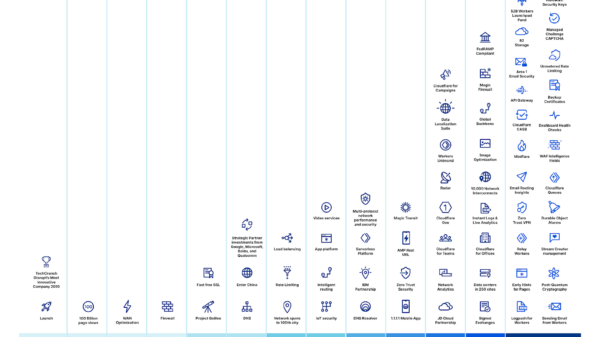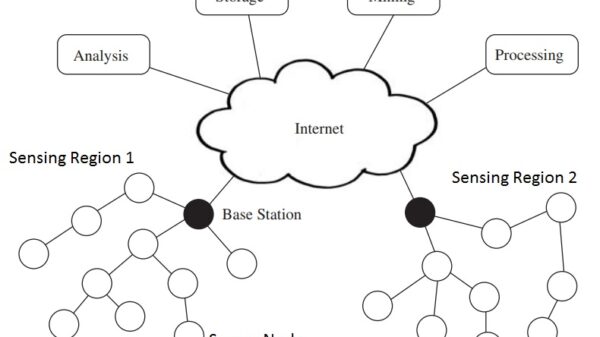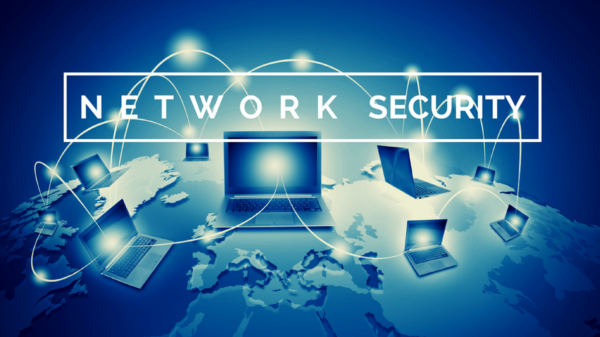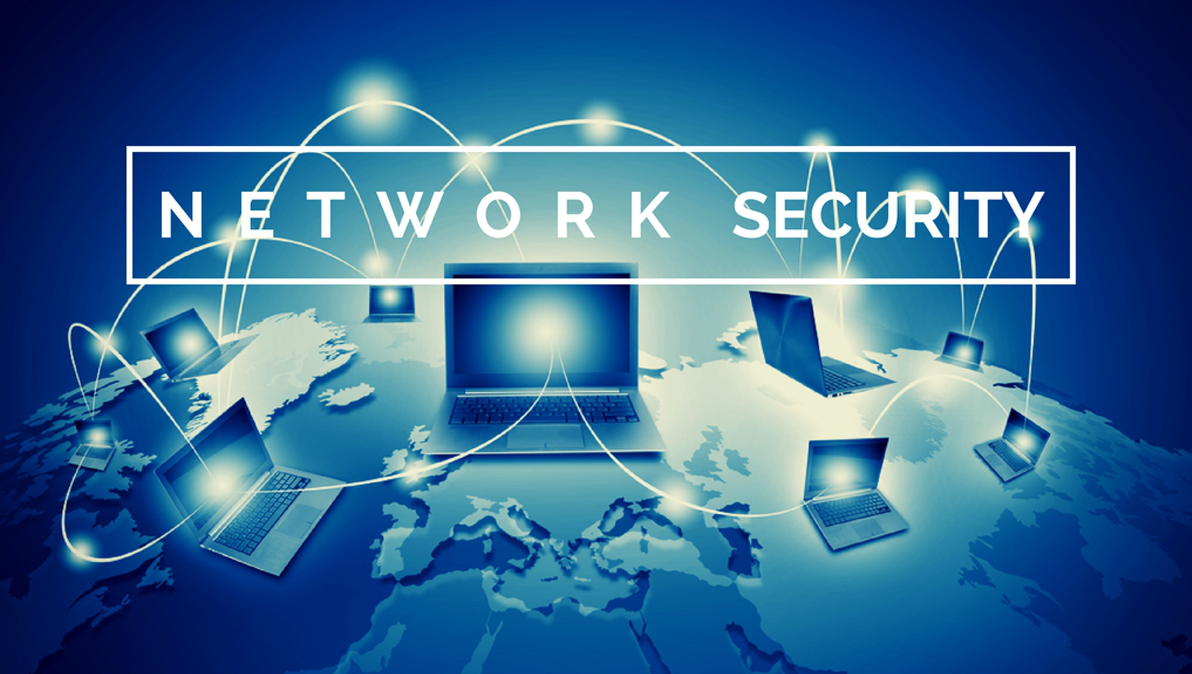Network security is a constantly evolving field, and it can be difficult to keep up with the latest threats. Here are eight challenges with network security that you may not see coming:
- The rise of remote work. With more and more people working from home, businesses need to find new ways to secure their networks. Remote workers are often using personal devices and internet connections, which can make them more vulnerable to attack.
- The increasing complexity of networks. Networks are becoming increasingly complex, with more devices and applications connected to them. This makes it more difficult to secure them and can lead to new security vulnerabilities.
- The growing sophistication of attackers. Attackers are becoming more sophisticated and are using increasingly advanced tools and techniques to breach networks. This makes it more difficult to defend against them.
- The lack of resources. Many businesses do not have the resources they need to adequately secure their networks. This can make them more vulnerable to attack.
- The human factor. Humans are often the weakest link in network security. They can make mistakes, such as clicking on phishing links or using weak passwords, that can lead to security breaches.
- The regulatory environment. The regulatory environment for network security is constantly changing. This can make it difficult for businesses to keep up with the latest requirements and can lead to compliance issues.
- The cost of security. Security can be expensive. Businesses need to weigh the cost of security against the risk of a breach.
- The lack of awareness. Many businesses are not aware of the latest security threats or how to mitigate them. This can make them more vulnerable to attack.
These are just a few of the challenges with network security that you may not see coming. It is important to be aware of these challenges and to take steps to mitigate them. By doing so, you can help to protect your network from attack.
Here are some additional tips for improving network security:
- Implement a layered security approach. This means using a combination of security controls, such as firewalls, intrusion detection systems, and data encryption, to protect your network.
- Keep your software up to date. Software updates often include security patches that can help to protect your network from known vulnerabilities.
- Train your employees on security best practices. This includes teaching them how to identify and avoid phishing scams, how to create strong passwords, and how to use security software effectively.
- Monitor your network for signs of attack. This includes using security tools to detect suspicious activity and to investigate any incidents that occur.
- Have a plan for responding to a security breach. This plan should include steps for containing the breach, notifying affected parties, and recovering from the incident.
By following these tips, you can help to improve network security and protect your business from attack.














